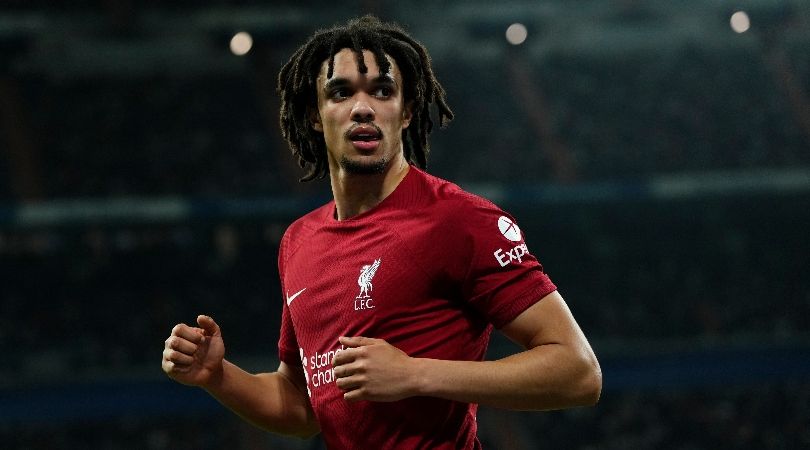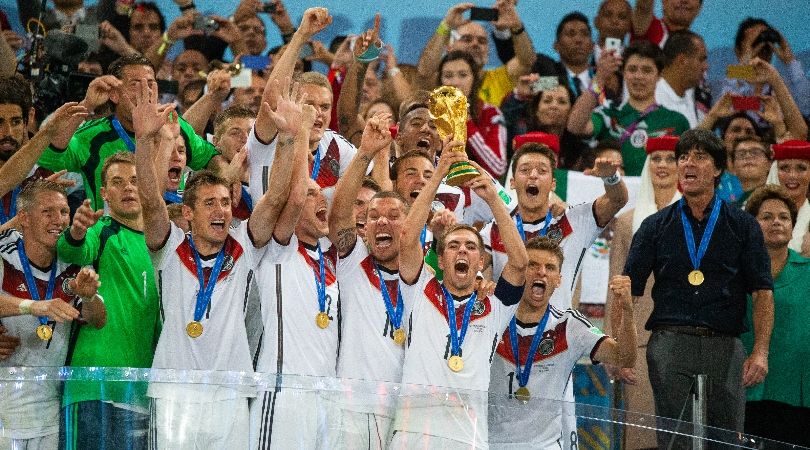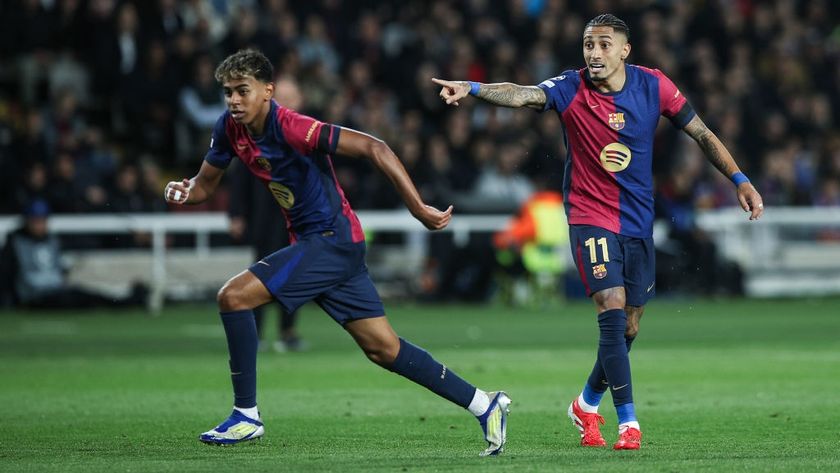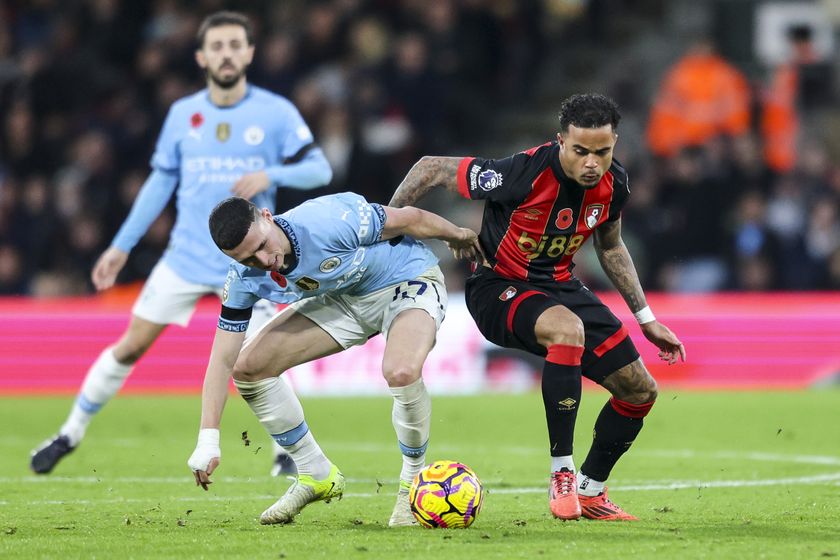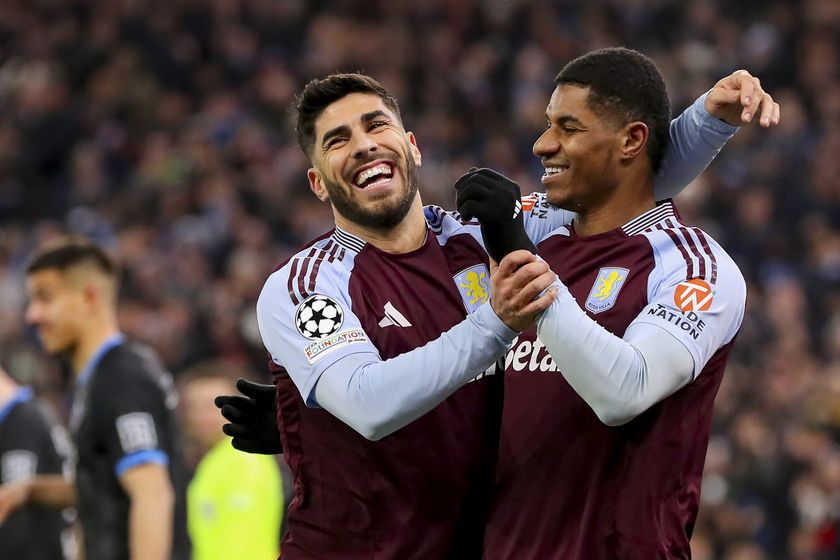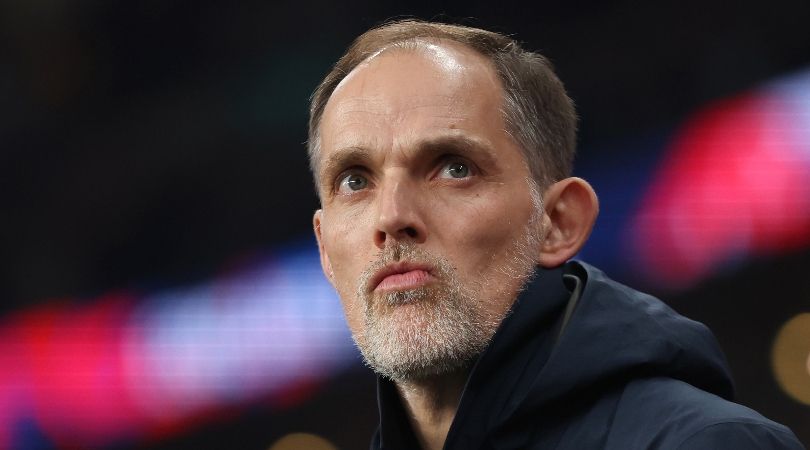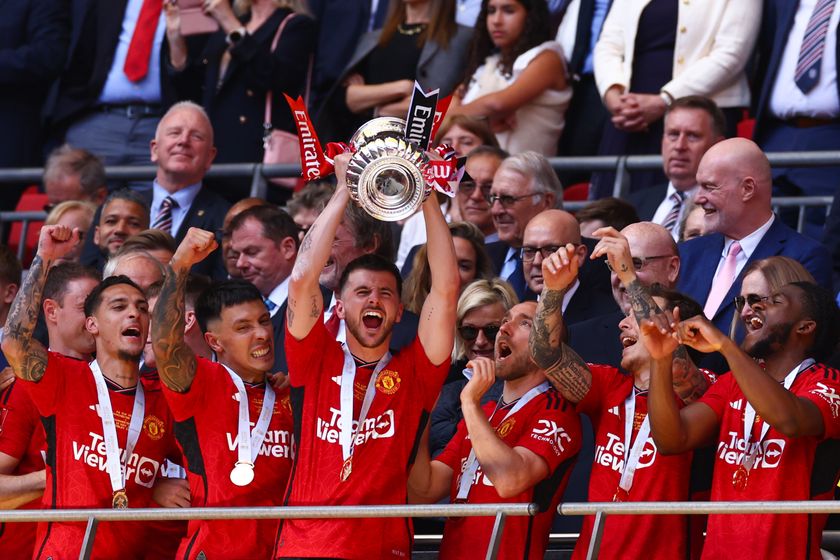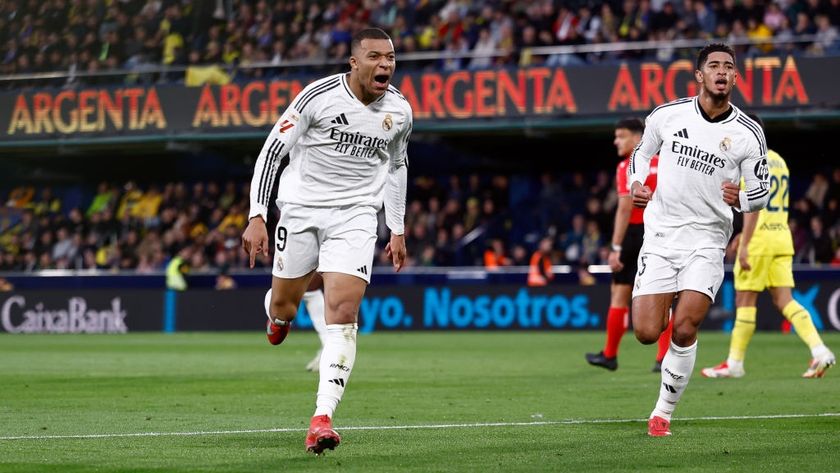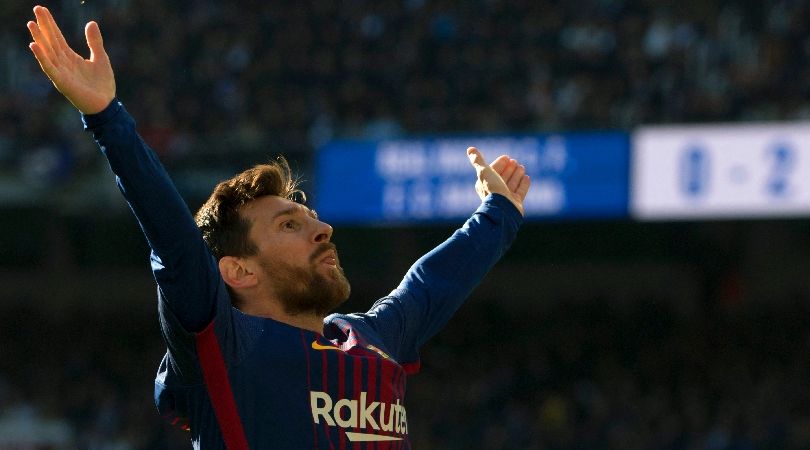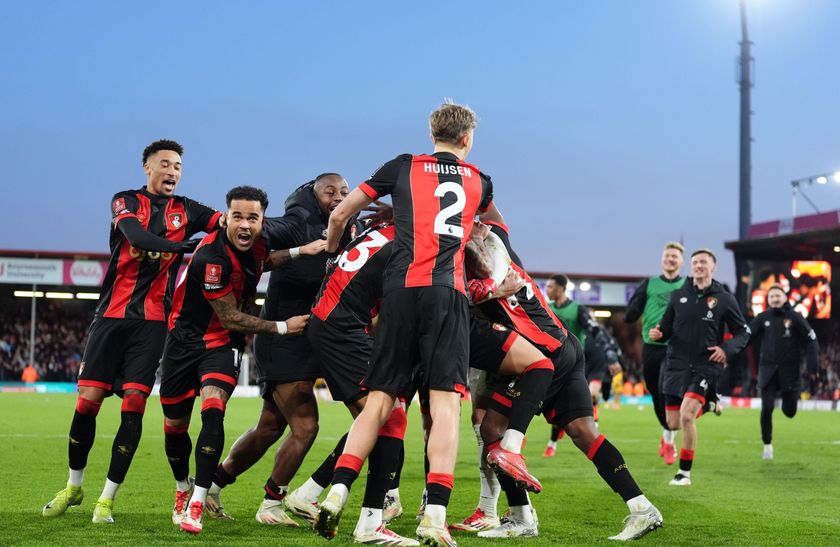FA Youth Cup stars will shine – but probably not at Chelsea or Man City
Chelsea's kids have won the FA Youth Cup once again, but Greg Lea wonders if they'll hit a glass ceiling...
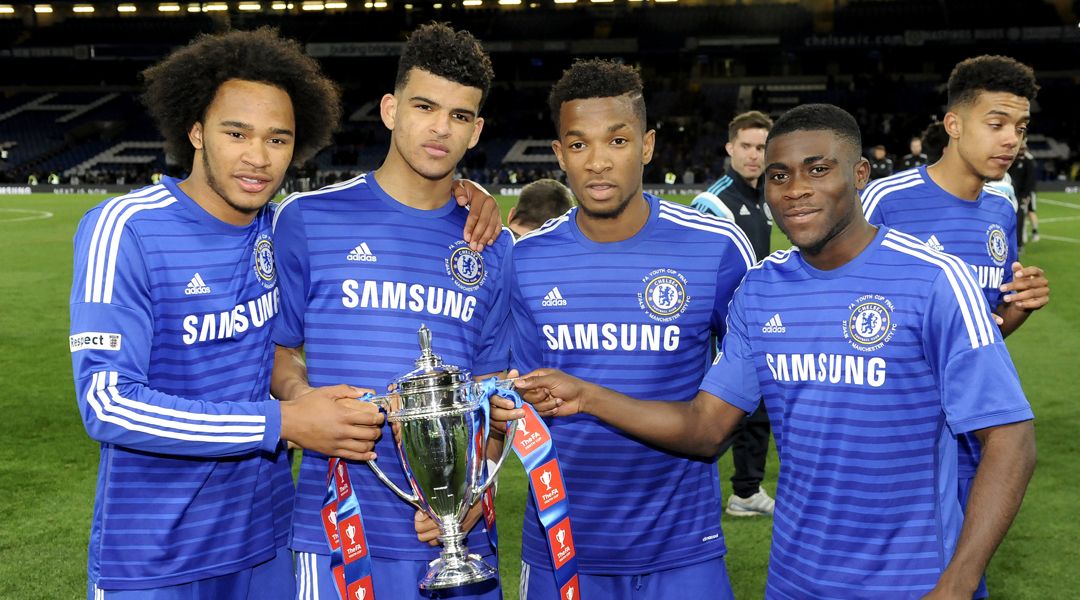
Chelsea’s 0-0 draw with Arsenal at the Emirates Stadium on Sunday prompted much discussion about values, aesthetics and the very purpose of the game. Jose Mourinho batted away the “boring, boring Chelsea” taunts by metaphorically tipping his medal haul onto the table – and it’s difficult to argue with a man set to win his eighth league title and 22nd senior trophy.
Just over 24 hours later, though, another Blues side showed that success and style need not be dichotomised as mutually exclusive. Sparkling with attacking intent, Chelsea’s U18s beat Manchester City 2-1 in the second leg of the FA Youth Cup final at Stamford Bridge; the 5-2 aggregate victory gives the young Blues the trophy for the fourth time in six seasons.
Charly Musonda was the star of the show, the midfielder dominating the centre of the park and causing City problems all evening. Tammy Abraham was another to impress, while Jeremie Boga, Jake Clarke-Salter, Charlie Colkett and Isaiah Brown will surely have attracted the attention of the club’s hierarchy (Roman Abramovich was among the impressed observers). The visiting Manchester City outfit also contained plenty of promise, with Kelechi Iheanacho, Tosin Adarabioyo and Pablo Maffeo unfortunate to be on the losing side.
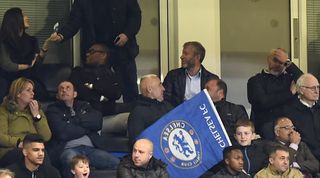
City finished third in the northern section of the 2014/15 Professional U18 Development League season, qualifying for the end-of-season final group stage against teams including Chelsea, who topped the southern section. The Blues also won the UEFA Youth League earlier this month, defeating Shakhtar Donetsk in the final; meanwhile, both clubs are still in with a chance of winning the Professional U21 Development League.
It should probably not come as a surprise that the Premier League champions and champions-elect are the teams dominating youth football in England, but it remains something of a curiosity nonetheless. John Terry, who made his debut 17 years ago in 1998, is the last academy product to come through the ranks and nail down a regular place in the Chelsea senior side, while City are yet to repeat the breakthroughs of Micah Richards and Stephen Ireland a decade ago.
In other words, neither club has produced a single regular first-teamer since being taken over by oil barons in 2003 and 2008 respectively. Monday night’s Youth Cup final shows that the big-spending, nouveau riche duo are clearly capable of cultivating young talent. Why, then, is there such scant evidence of it within their senior set-ups?
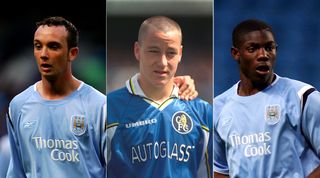
No City for young men
Get FourFourTwo Newsletter
The best features, fun and footballing quizzes, straight to your inbox every week.
In this era of short-term managerial postings and rich owners’ insatiable demands for instant success, it is perhaps to be expected that youth development is often trumped by more pressing and immediate concerns.
Moreover, Chelsea and City – lacking as they do the depth of top-level tradition and infrastructure commonplace at some of the more time-honoured English and European powerhouses – were understandably forced to bridge the gap with the established elite, a process that involved bringing in world-class talent for large sums of money.
Nevertheless, when Arsenal have brought through Jack Wilshere, Kieran Gibbs and Wojciech Szczesny and Manchester United blooded Danny Welbeck, Tom Cleverley and Adnan Januzaj since the turn of the decade, it is not unreasonable to think that the Blues and Citizens could have had at least the odd success of their own.
Manchester City’s opening of the Etihad Campus last year puts paid to the suggestion that they place no value in the production of young players. The state-of-the-art complex cost £200m to build, evidence that Sheikh Mansour and Khaldoon Al Mubarak have a holistic, long-term approach to running the club.
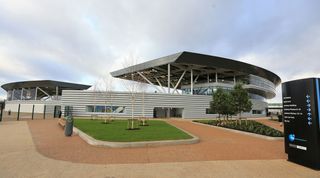
Yet despite all that, there has been very little change in the make-up of the first team over the last three seasons. City have looked old and tired at points of this campaign, the spine of Joe Hart, Vincent Kompany, Yaya Toure, David Silva and Sergio Aguero unaltered since the club claimed their maiden Premier League crown in 2012.
There has been a comprehensive failure to refresh and rejuvenate an ageing squad with young blood. Most additions in the last two seasons – Fernando, Fernandinho, Jesus Navas, Wilfried Bony, Alvaro Negredo, Bacary Sagna, Martin Demichelis and Frank Lampard – have been in their mid-20s or older, while the only homegrown youngsters to sample even a small taste of Premier League action in that time are Dedryck Boyata and Jose Pozo, who have managed just 282 minutes between them.
A production line – for others?
The story is similar at Chelsea. It is impossible to escape the suspicion that Mourinho’s mindset precludes anything more than an occasional sprinkling of youth: where some see pressure-free exuberance, the Portuguese appears to suspect a lack of discipline and experience in game-management.
This year’s stroll to the Premier League is indicative, with Ruben Loftus-Cheek’s 75 seconds in January’s 1-1 draw with City the only involvement of any youth graduate bar Terry.
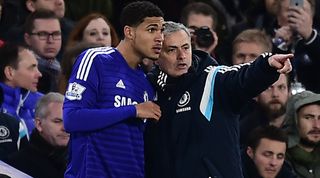
Mourinho has long preferred experienced heads to exuberant youth: the average age of the 14 Inter players involved in the 2010 Champions League Final was 30, while Porto’s 2004 Champions League-winning squad featured nine players who turned 29 or older that year.
Perhaps, however, the traditional interpretation of academies as generators of first-team personnel is in need of re-evaluation. The barrier to entry is extraordinarily high – Chelsea and Manchester City are not simply aiming to finish in England’s top four; they fully intend to reach the Champions League final every year, and managers who fail to do so pay with their jobs. To break into these teams, young players don’t just need to be the finest teenagers in the UK, they have to be among the best players in the world, full stop.
Furthermore, with Financial Fair Play dictating that clubs can only spend what they earn, every potential source of income must be maximised – something that becomes even more important at clubs like City and Chelsea, who lack the embedded revenue streams of self-sustainable giants such as Barcelona, Manchester United, Real Madrid and Bayern Munich.
It may seem somewhat cynical and at odds with the romantic utopia of La Masia and the Class of ‘92, but the newly-moneyed pair may be better fattening the produce, selling it on, then buying the best from elsewhere. “The aim of Chelsea’s player trading arm is not to bring players through for Mourinho to use,” as Rory Smith wrote for FFT earlier this season. “When one of Chelsea’s prospects has been developed to the peak of his market value, he will be sold.”
Such wider considerations were presumably far from the minds of the 22 youngsters who ran out onto the Stamford Bridge pitch to contest a cup final on Monday evening. For many of those involved, it was not the first time they had graced the hallowed turf of a Premier League arena. If Chelsea and Manchester City’s recent track records are anything to go by, though, it could well be the last.
Greg Lea is a freelance football journalist who's filled in wherever FourFourTwo needs him since 2014. He became a Crystal Palace fan after watching a 1-0 loss to Port Vale in 1998, and once got on the scoresheet in a primary school game against Wilfried Zaha's Whitehorse Manor (an own goal in an 8-0 defeat).

